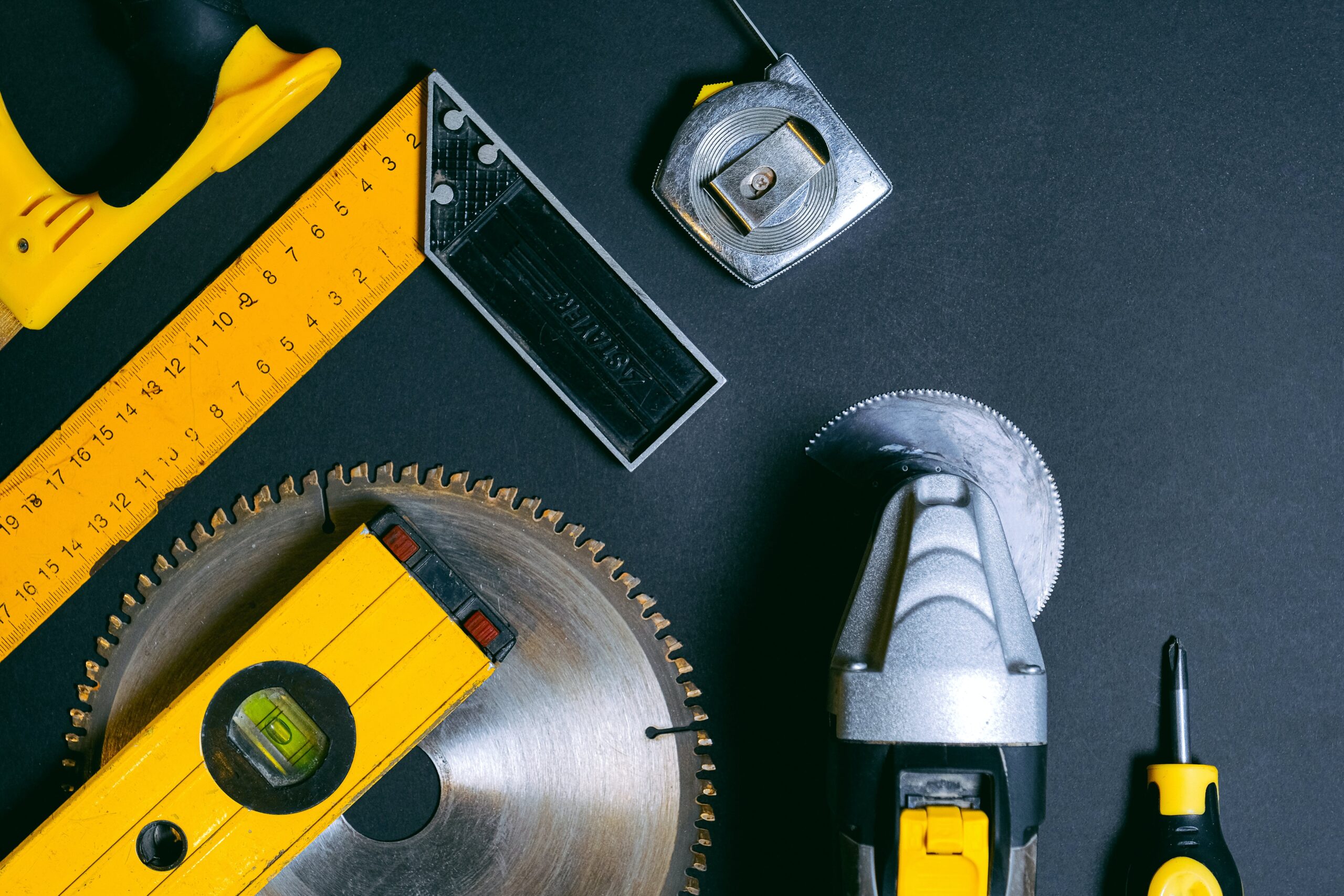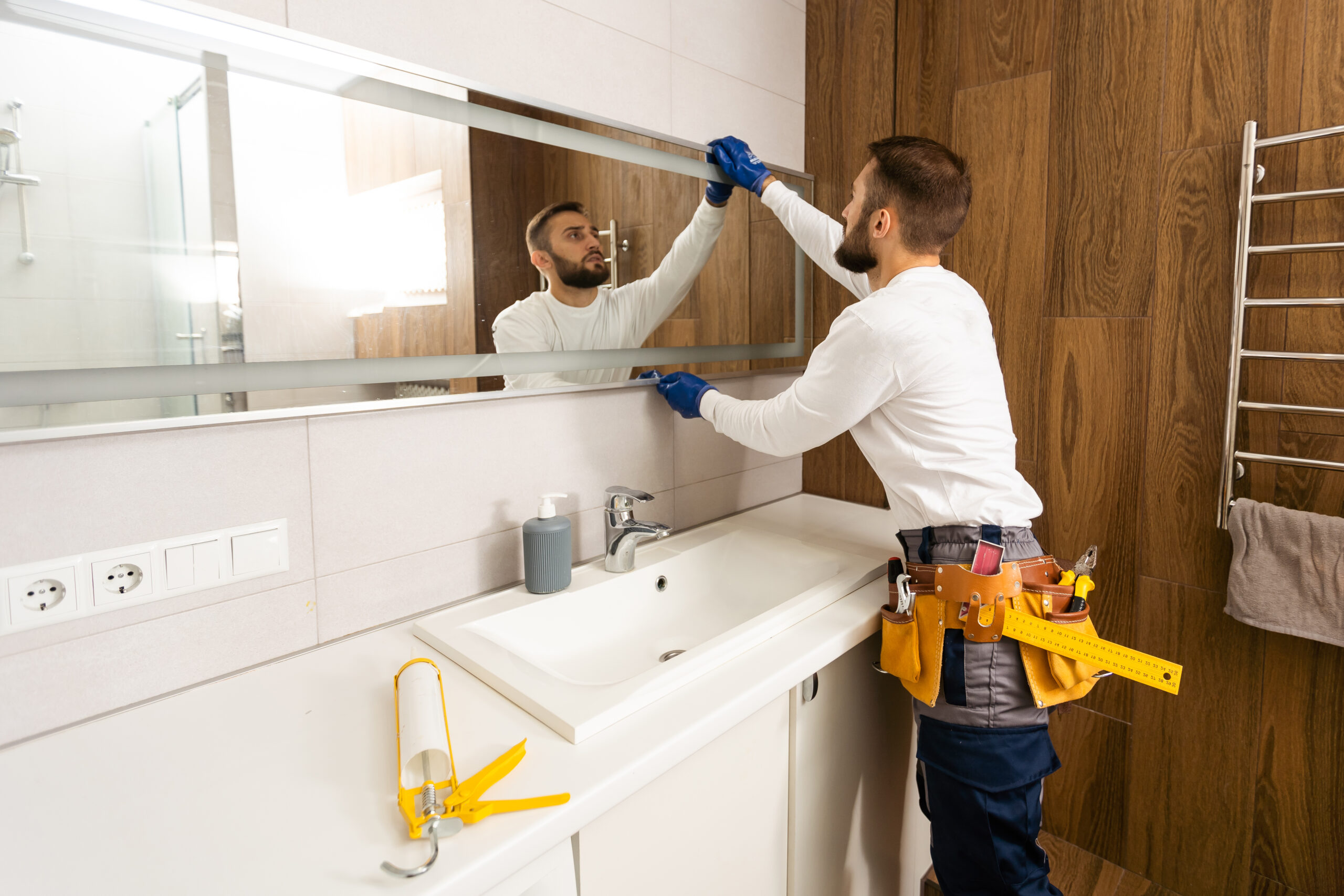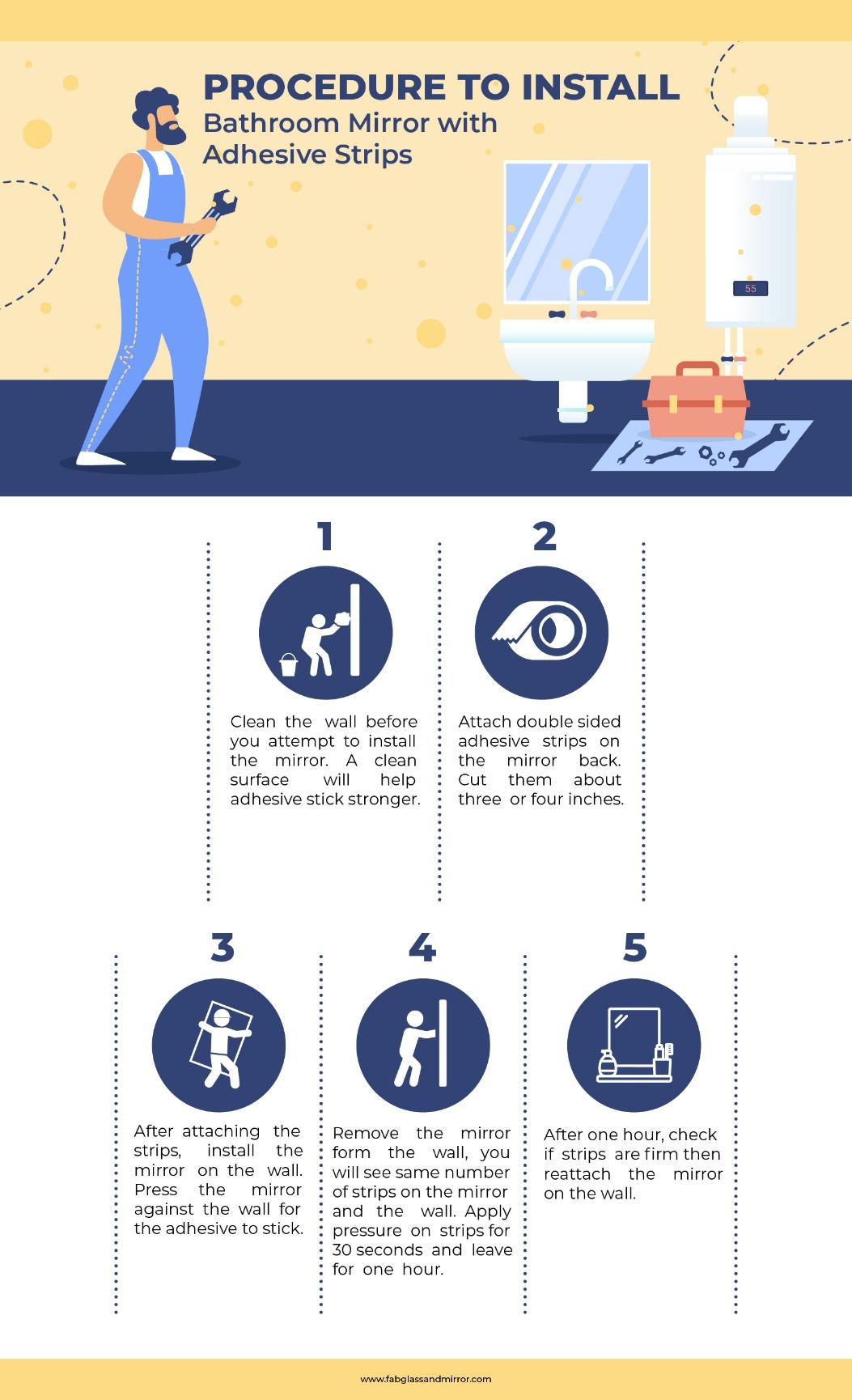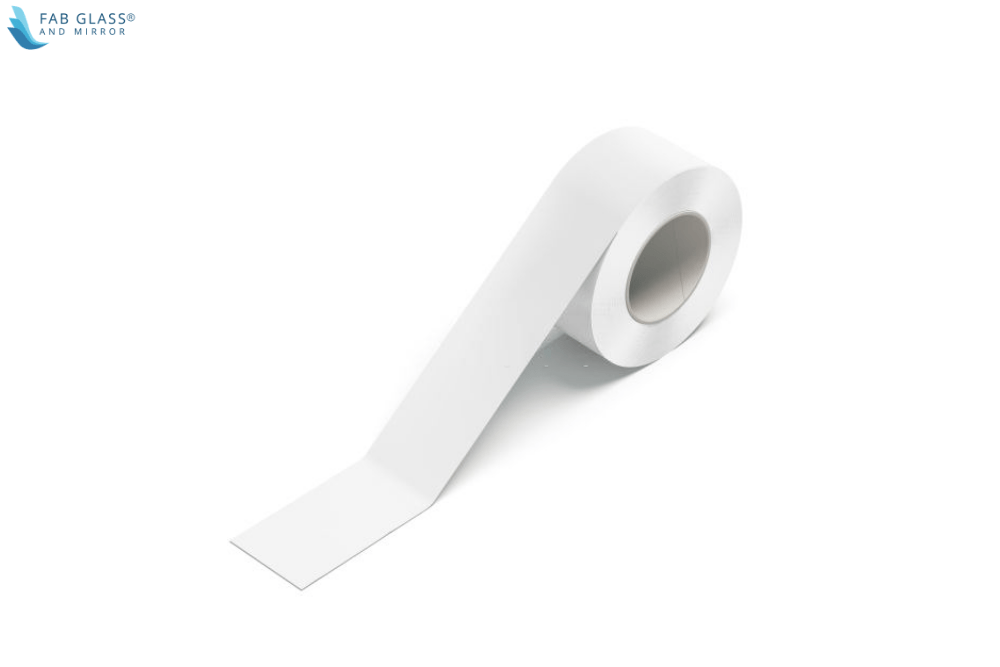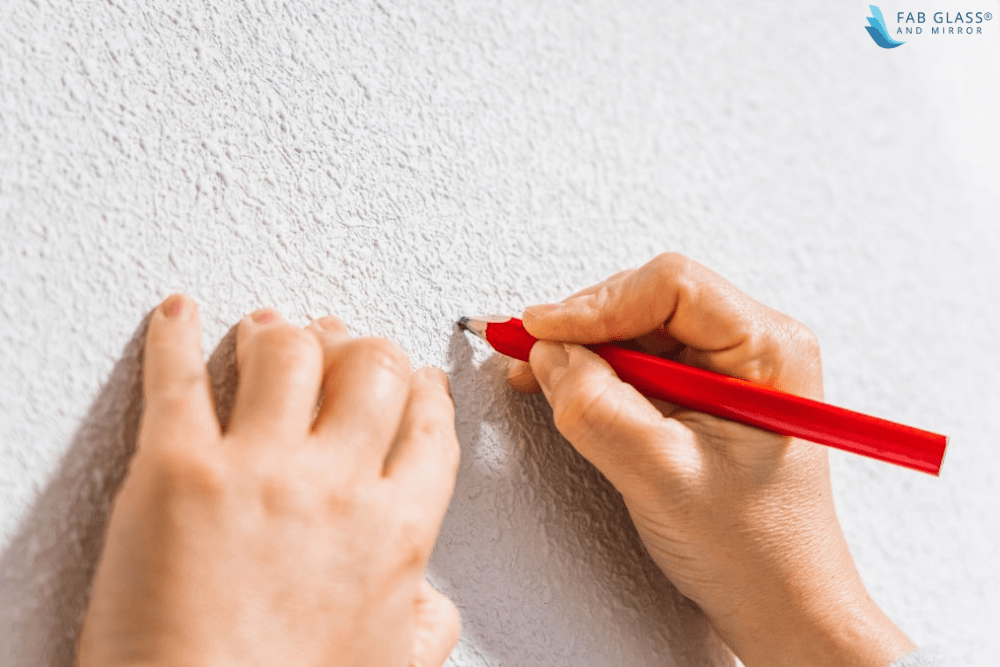Bathroom mirrors are becoming popular by the day. Contemporary homeowners are ensuring that their bathrooms do not miss this asset. On the other hand, traditional homeowners are remodeling their bathrooms and installing mirrors. Some of the benefits of bathroom mirrors include improved aesthetics, airiness, the illusion of space, and increased brightness in the bathroom.
Also, you can go the extra mile and do LED wiring to make backlit mirrors. With these, you will have soft and relaxing light in the bathroom and enough illumination for grooming. Installing bathroom mirrors is a pretty easy job. You only need time and a few materials.
Prepare for installation
To install a bathroom mirror, you do not need to drill screws into the mirrors and on the walls. There are many ways in which you can have the mirror on the wall, without using nails and screws.
Tools and materials needed for DIY installing bathroom mirrors
1. Framed/Frameless mirrors
2. Adhesive strips
3. Picture hooks
4. Tri-sodium phosphate
5. Microfiber cloth
6. Pencil
7. Paper
8. Scissors
Procedure to install bathroom mirror
The weight of the mirror will determine the kind of materials you will use for the installation. For a light mirror, the adhesive strips will be okay. For heavier mirrors, installing with picture hooks is advisable.
Installing a light mirror
1. Wipe the surface
For the adhesive strips to stick well on the walls, they need to be attached by a clean surface. Using the microfiber cloth and tri-sodium phosphate, clean the back of the mirror and the wall thoroughly. The logic behind using the microfiber cloth is so that no pieces of fiber are left on the surface. Alternatively, you can use alcohol to clean if you do not have tri-sodium phosphate.
2. Attach the strips on the mirror
The best adhesive strips are sticky on one side and have Velcro on the other side. Double-sided adhesives will attach the mirror to the wall. If you are using a rectangle or square mirror, four strips may be enough. However, you are allowed to use as much as you want, depending on the size of the mirror.
Most adhesive strips come pre-cut. If that is not the case, you can cut them to about four to three inches. Remove the lining and attach them to the back of the mirror.
3. Install on the wall
Once you have attached the adhesive strips on the mirror, it is now time to install them on the wall. When ready, attach them to the cleaned wall. Press the mirror against the wall for the adhesive to stick. For it to be effective, focus more on the areas where you have attached the strips.
4. Remove the mirror from the wall
Remove the mirror from the wall. On removal, you will realize that there will be the same number of strips on the wall as the ones that you have in the mirror. More so, the side that has Velcro will be exposed on both surfaces. Apply pressure on the strips on the wall for about thirty seconds, and leave it for one hour.
After one hour is over, check if the strips are firm and reattach the mirror.
Installing a heavy mirror
Adhesive strips may not be enough to support the weight of heavier mirrors. For that reason, you will need picture hooks as they provide better anchorage. The materials required for this procedure are a framed mirror, pencil, paper, scissors, and picture hooks.
1. Outline the mirror on the paper
The first step will be to trace out the mirror on a piece of paper. This is in order to get a sketch that is the same size as the mirror. Place the mirror against the paper, trace it out using the pencil. Once done, use a pair of scissors to cut out the mirror outline.
2. Mark where you will place the hooks
On the piece of paper, mark the points where the hooks will be positioned. Mark the holes and transfer this on the wall where you want to hang your mirror. You will do this by pressing the pencil through the holes. You will only need two hooks. Therefore two holes will be more than enough.
3. Push the hooks into the wall
Once you have marked the holes on the wall, push the picture hooks into it firmly. Also, remember that the hook should be facing up. It will not be able to hold the mirror if it is facing any other direction. Also, ensure that you push it deep enough to be able to keep the mirror in position. Once done, only the hooks should be visible.
4. Install the mirror
You can now hang the mirror on the hooks. Once you are done, recheck to ensure that it is aligned and secure.
Will it be safe to install a large bathroom mirror without drilling?
You do not have to drill the walls of your bathroom to install bathroom mirrors. Also, you do not have to worry about the safety of the mirror on the wall. Provided that you do the installation correctly, it will be as safe as drilling screws into the wall. Before you determine the materials you will use them for installation, assess the weight of the mirror. If it is light, adhesive strips will work correctly. Alternatively, you can use picture hooks, as they are equally effective: they are ideal for both heavy and light mirrors. Of course, industrial-grade super glue is an excellent option; shop now for suitable products.
If installed in our bathroom, mirrors can make a big difference. If you have a small space in your bathroom, they will make it appear bigger and increase brightness in your bathroom. The installation of bathroom mirrors is pretty straightforward. Also, note that you do not have to use screws to install them. There are simple and effortless options, like using picture hooks and adhesive strips. With the DIY procedures above, you will have your mirrors in place without breaking a sweat. Get high-quality mirrors, and you will enjoy the ambiance.
FAQs
Is it feasible to mount a mirror without drilling a hole in the wall?
A mirror may be mounted on a wall by utilizing glue, Velcro strips, strong tapes, and drywall hooks.
If your wall is built of concrete or bricks, you may also use mirror brackets or clamps.
How risky is it to hang a mirror using adhesive?
Regular glue is typically safe to use, but it’s crucial to carefully read the directions before using it.
To make sure the glue won’t harm your wall’s surface, try it on a tiny portion of the surface first.
Can I hang a big mirror with velcro strips?
Smaller mirrors work well with Velcro strips, while larger mirrors could not be supported well by them. Before utilizing them, it is important to check the weight rating.
What kind of tape is best for hanging a mirror?
You may hang a mirror using a variety of tape kinds, including adhesive, velcro strips, and heavy-duty tape.
If your wall is built of brick or concrete, you can also use a drywall hook or clamp.
Which approach to aesthetics is best?
If you have brick walls, it depends on your personal choice, but it’s often better to use a drywall hook or clamp.
If you have plasterboard walls, you can use velcro strips without drilling into the wall.
Final Thoughts
Mirrors are essential design items in any house, but hanging them without drilling holes on your wall might be difficult.

